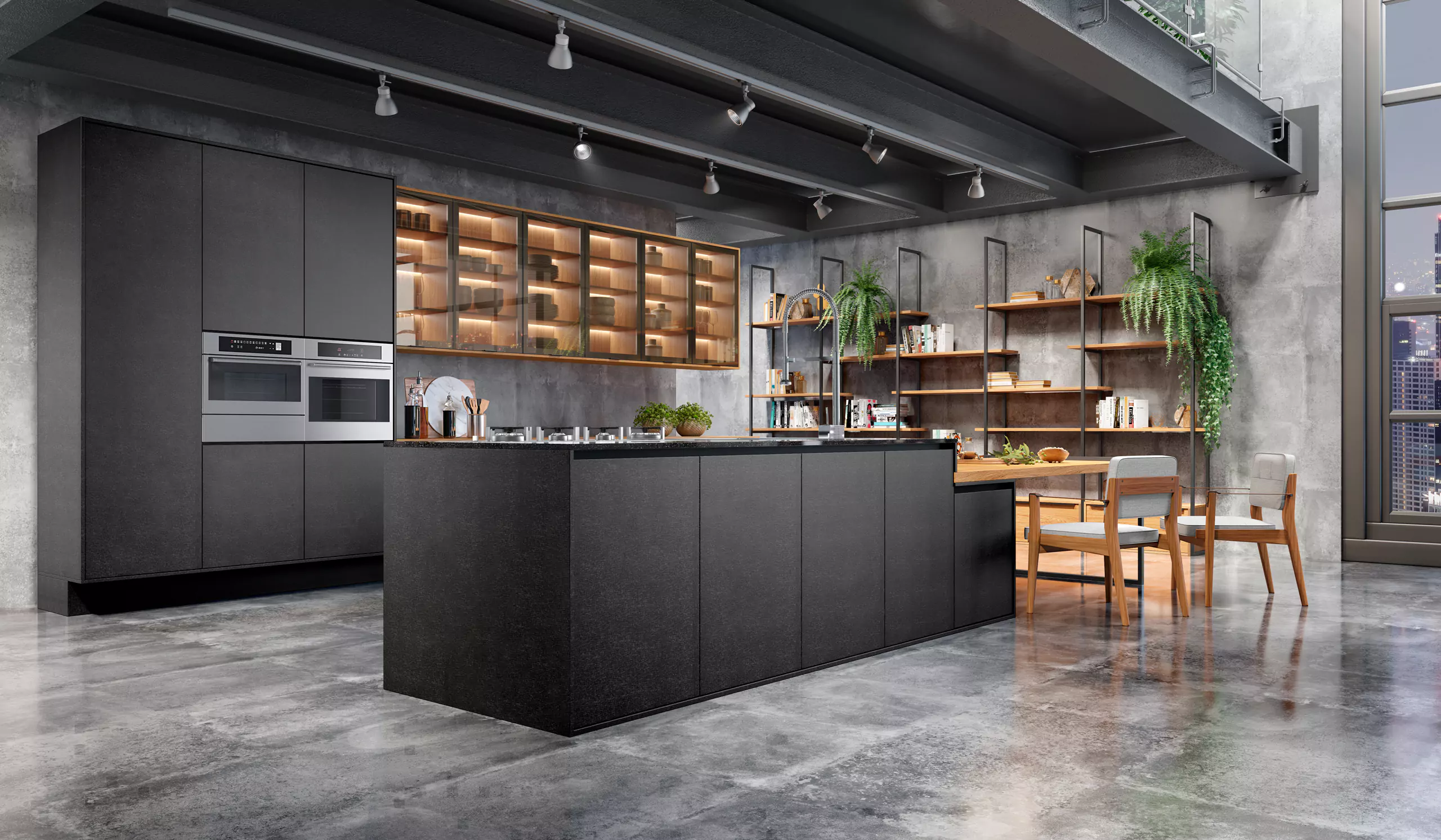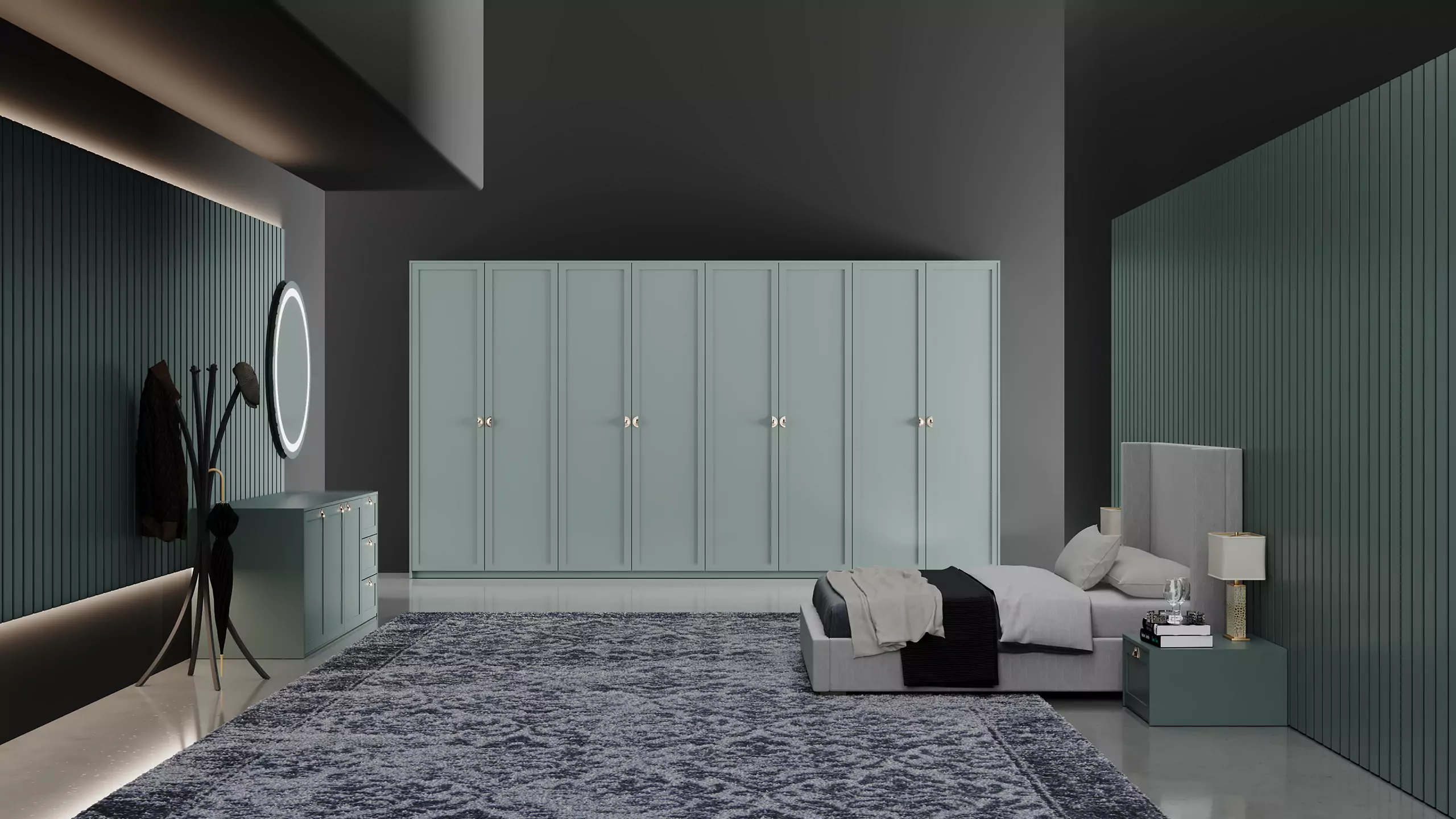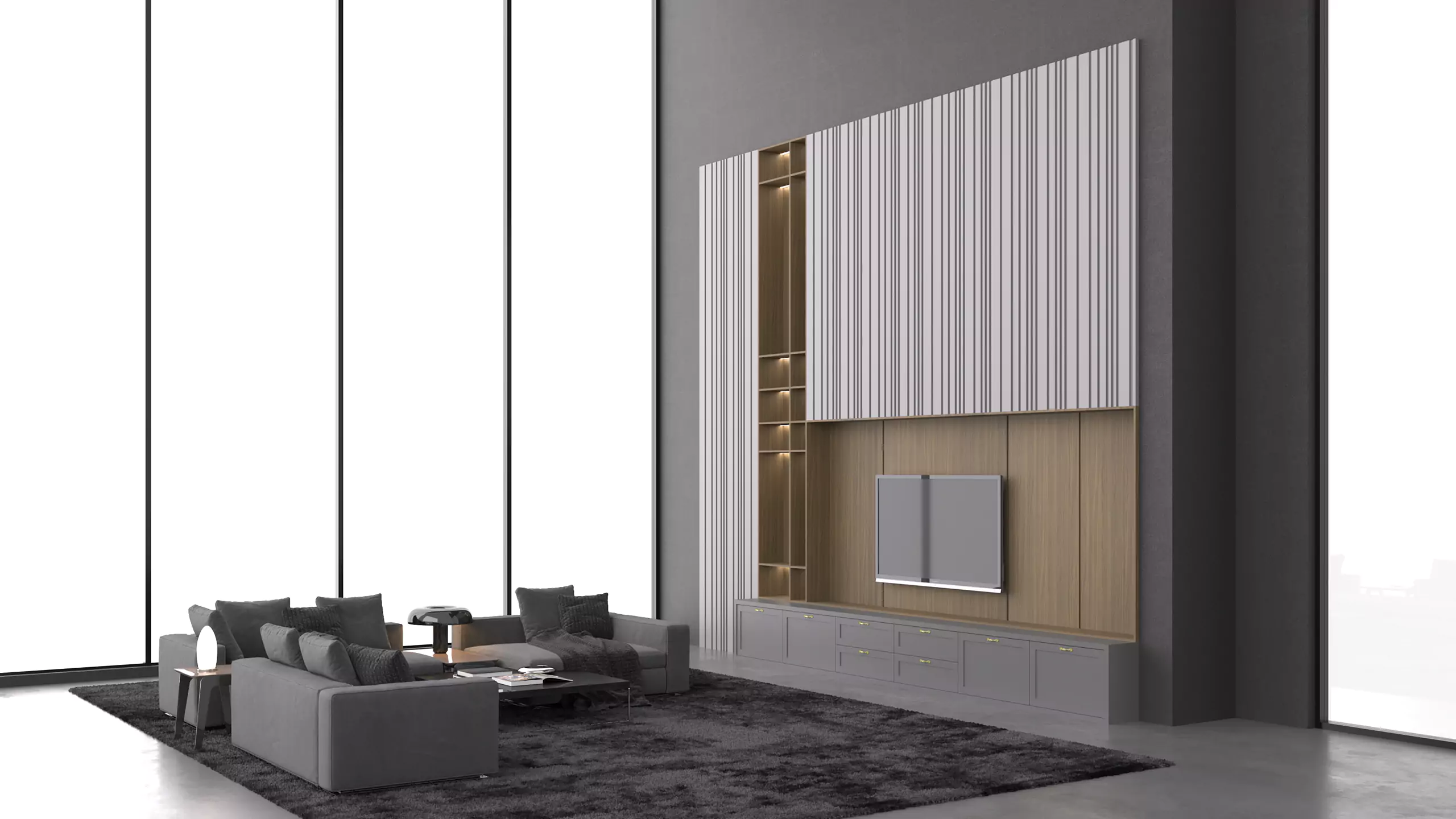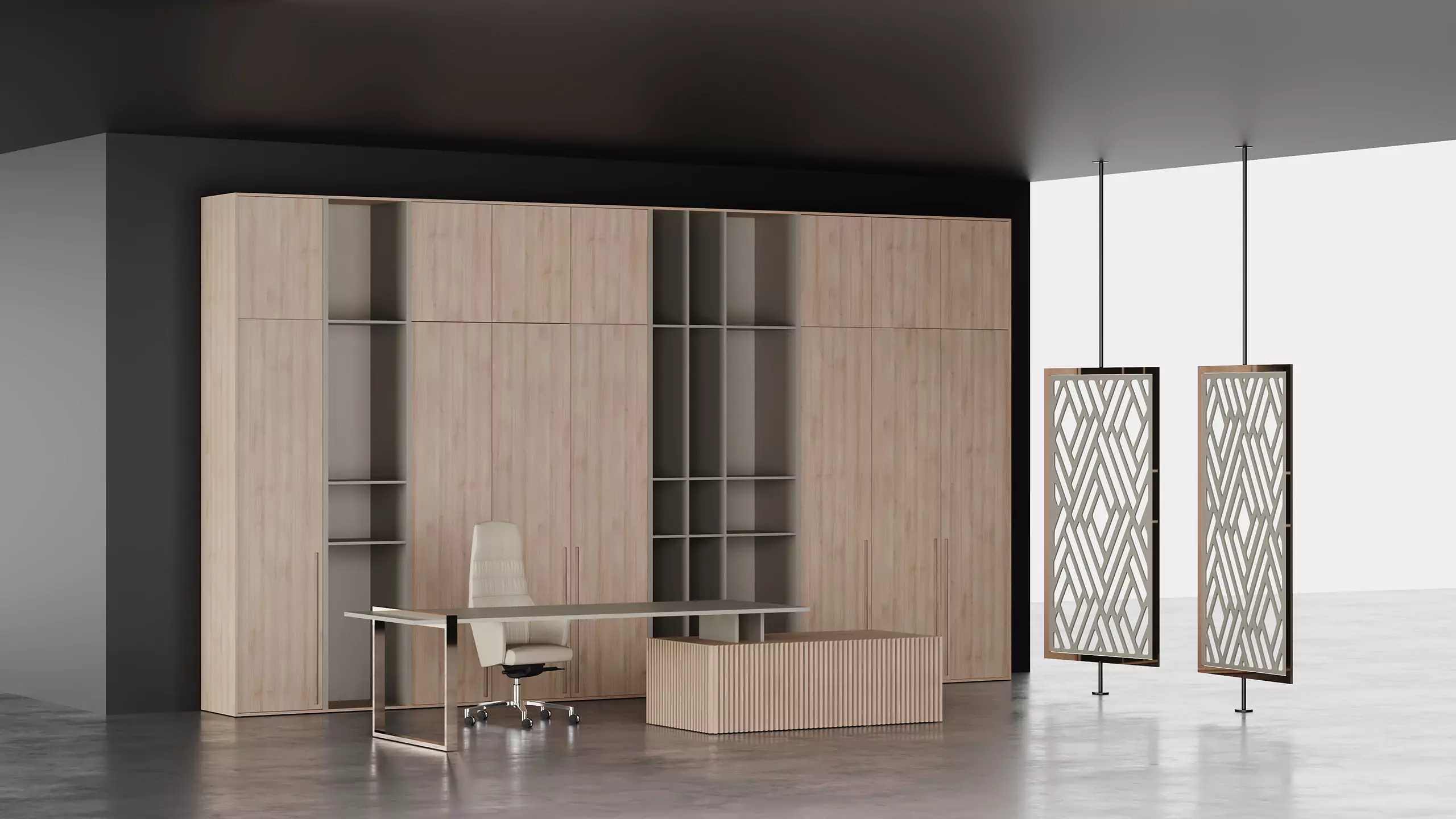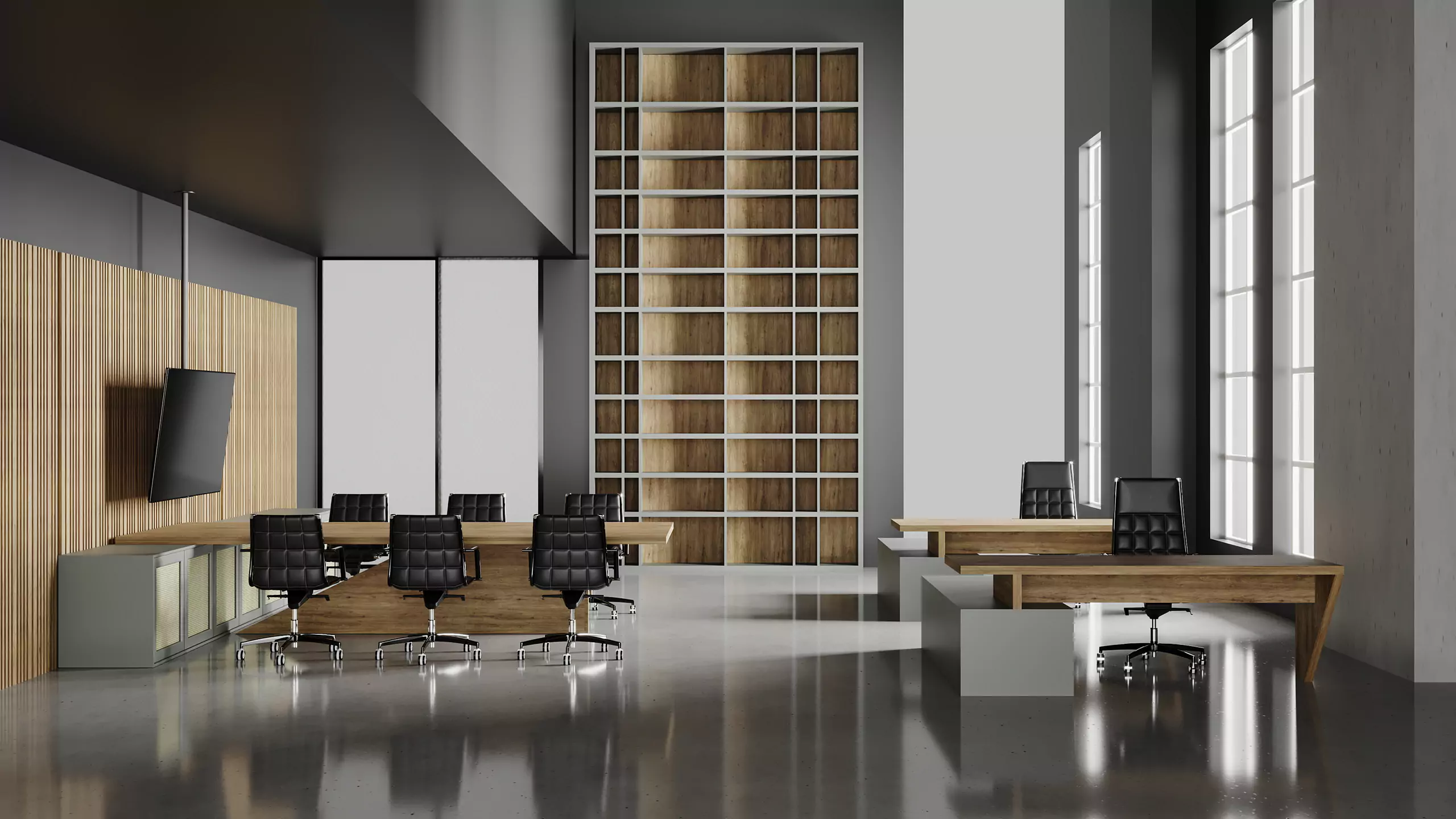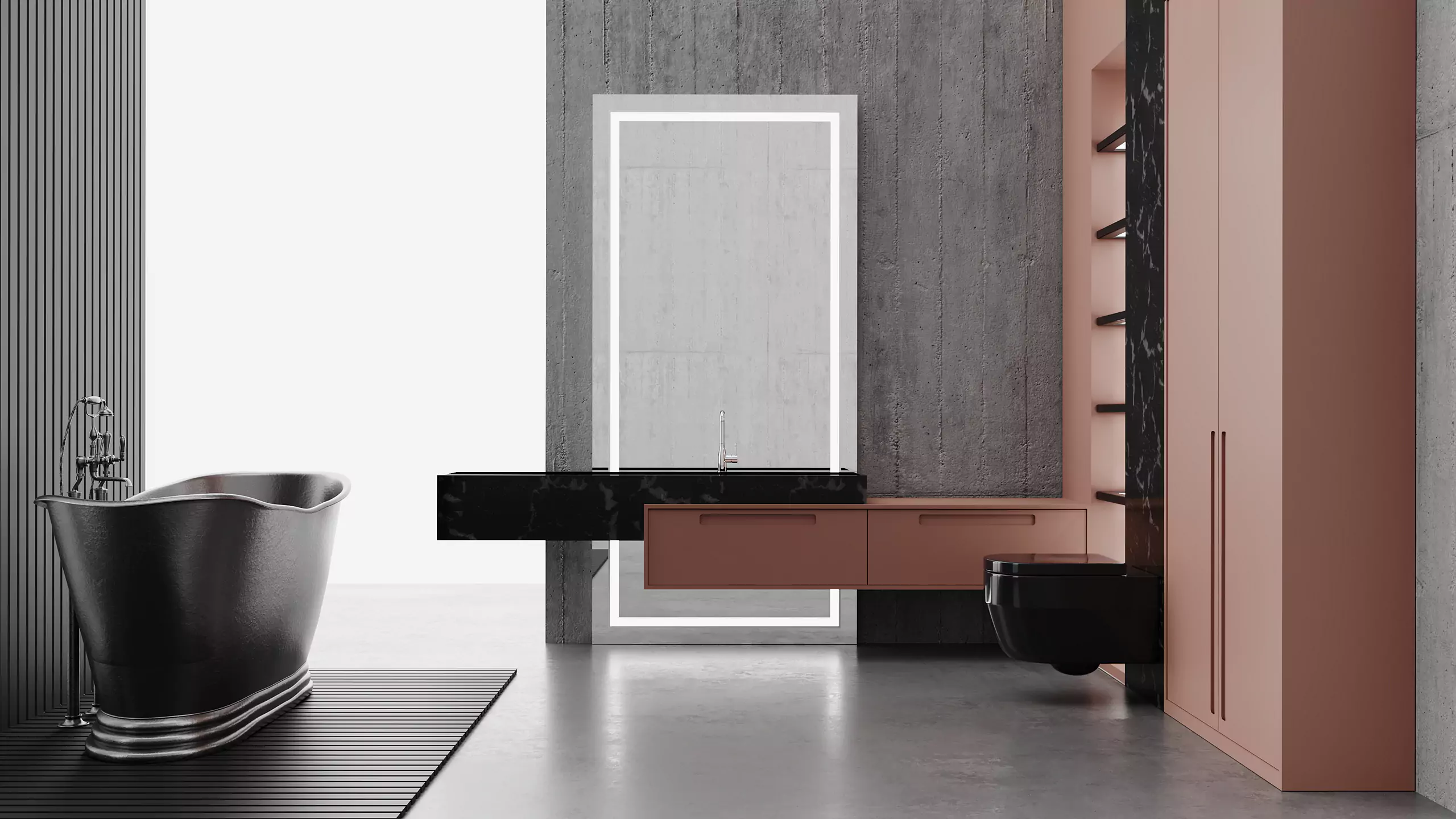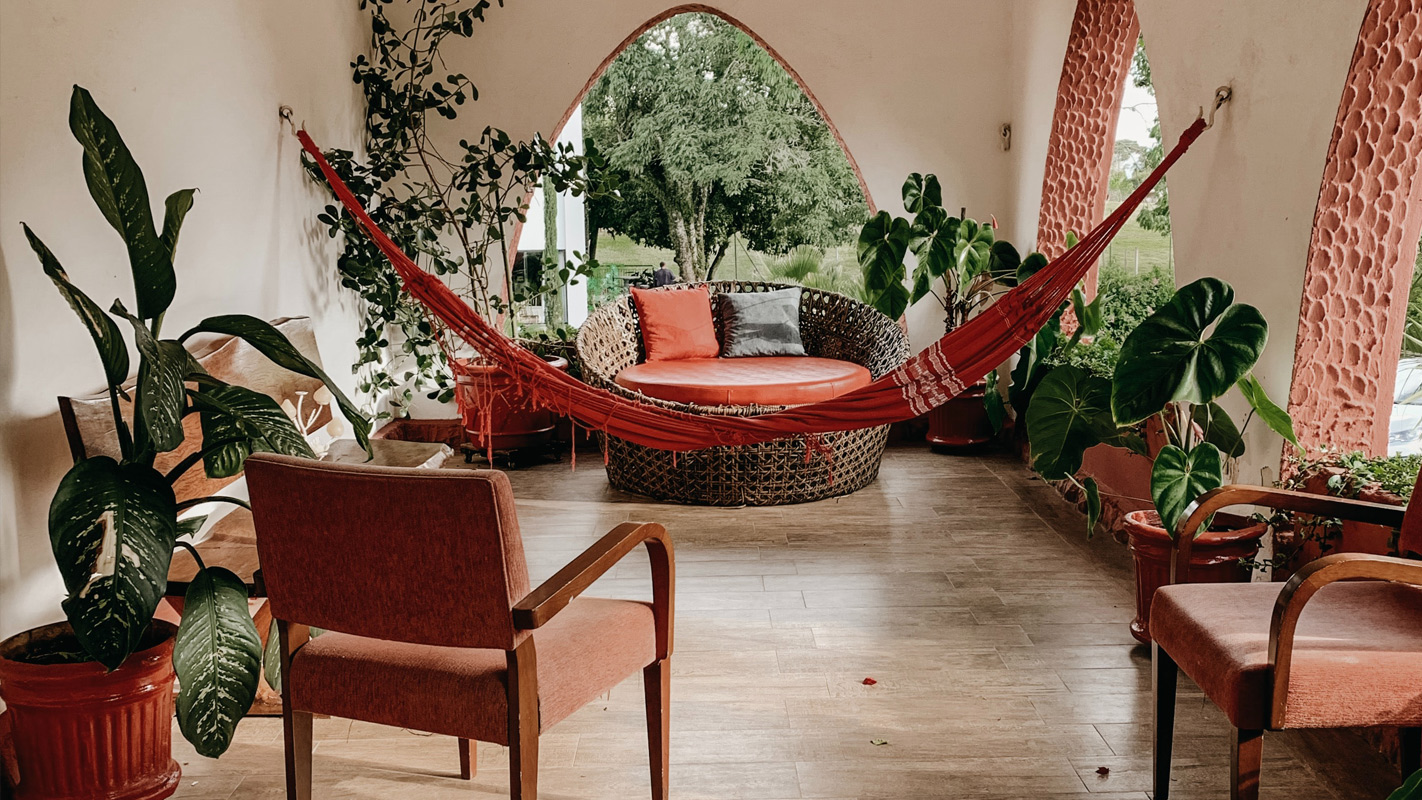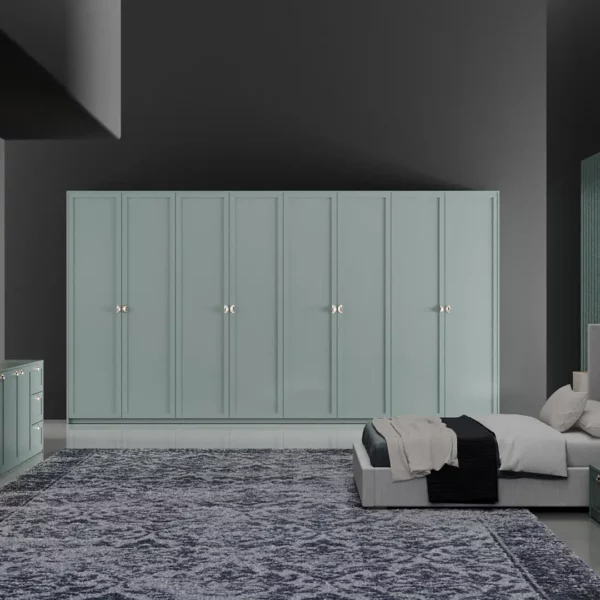Coming from Greek philia (love and bio (life), biophilia is precisely that: love of life, nature, greenery.
The term was created by German psychologist and philosopher Erich Fromm in 1964 and became popular in the 1980s. Today, it is more popular than ever.
In architecture and decoration, biophilia is an ally to bring feeling of comfort and belonging to the environment.
For many years, we left nature aside when entering urban life. There was a very clear division between the urban part and the natural part of a city, but little by little, it was seen that combining the two things is possible and the results can be beautiful.
Within architecture, it is possible to use this biophilic design in various ways to highlight places such as offices, stores, clinics and restaurants.
The idea is to place elements of nature in the setting, using more natural light, cross ventilation and the use of plants.
The materials used refer to nature, leaving aside the concrete that is so associated with the urban environment. In biophilia they are used wood, stones and bamboo to cover the environment.
It is also possible to use natural light intelligently, creating a game of lights and shadows that make the environment even more beautiful.
In addition to being a great modern trend, biophilia is also a necessity. We need to reconnect more with nature, even in urban environments, as the use of plants, wood, and other materials that refer to the outside makes us healthier and less anxious.
There are studies that prove that the use of biophilic design creates a more comfortable work environment, reduces anxiety and increases productivity.
Joining biophilia means joining a useful, healthy trend that will be increasingly used.
